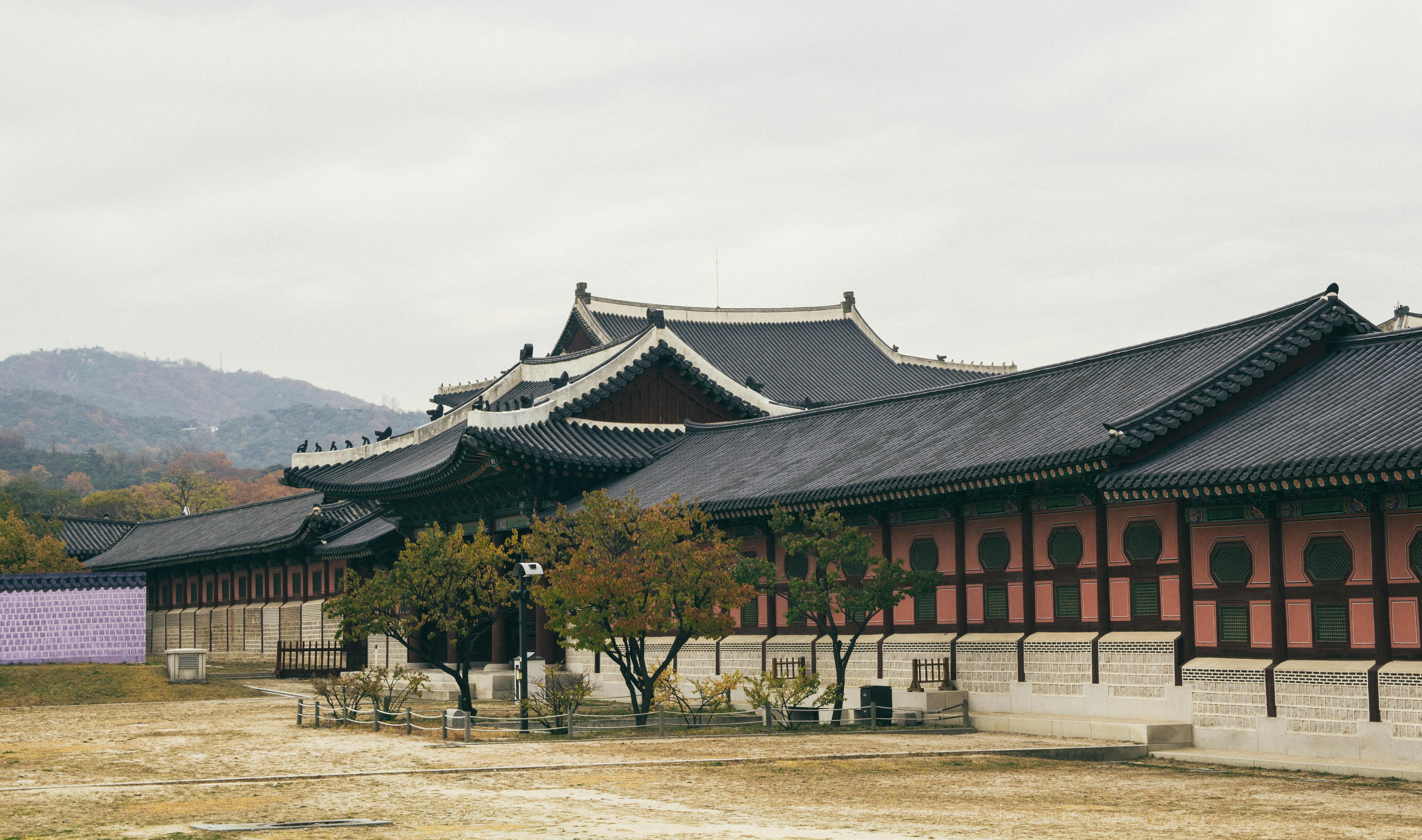
The Annals of the Joseon Dynasty, Korea’s greatest historical archive, document 500 years of politics, society, and culture. Explore their legacy, preservation, and how you can experience this UNESCO Memory of the World today.
The Annals of the Joseon Dynasty: Korea’s Timeless Chronicle
Introduction

The Annals of the Joseon Dynasty (조선왕조실록) are an unparalleled treasure in Korean history. Spanning more than five centuries (1392–1910), they record the reigns of 27 kings and document everything from politics to daily life. Designated a UNESCO Memory of the World in 1997, these chronicles are recognized as one of the most comprehensive continuous dynastic records in human history.
What makes the Annals remarkable is their method of compilation: royal historiographers recorded events with absolute independence, even in the king’s presence. Completed only after a king’s death, the annals ensured honesty and prevented censorship — a unique system that safeguarded historical integrity.
Historical Importance
The Annals go beyond simple record-keeping. They reveal how the Joseon Dynasty evolved in governance, culture, and society. Historians value them because they:
- Provide detailed accounts of royal decisions, policies, and debates
- Document social customs, festivals, and cultural practices
- Include records of natural disasters and their societal impact
- Preserve insights into law, science, diplomacy, and daily life
Today, the annals are used not only in Korean studies but also in global research on climate history, East Asian diplomacy, and comparative governance.
Preservation and Modern Efforts
Korea has invested heavily in preserving and promoting the Annals. The National Museum of the Annals of the Joseon Dynasty in Pyeongchang is being developed as a dedicated space to display and study these chronicles.
- Digitization: The National Institute of Korean History offers the entire annals online with translations and search tools.
- Education: Schools and universities use the annals for courses on governance, culture, and literature.
- Cultural Tourism: Exhibitions in Seoul’s Gyeongbokgung Palace, Jeonju, and Chuncheon introduce visitors to the records.
- Global Collaboration: Scholars worldwide access the digital archives for cross-disciplinary research.
Content of the Annals
Each entry provides a vivid snapshot of Joseon society. Some recurring themes include:
- Politics: Succession struggles, debates on reforms, diplomacy with Ming and Qing dynasties
- Society: Descriptions of festivals, Confucian rituals, and education systems
- Nature: Reports on droughts, famines, and astronomical events
- Law & Governance: Administrative reforms, taxation, military affairs
Modern Significance
The Annals continue to inspire modern Korean culture. Historical dramas, films, and novels often draw on these records to portray authentic details of the Joseon era. They also serve as a resource for policymakers and scholars exploring governance models, cultural resilience, and environmental adaptation.
Visiting the Annals: Field Notes
Experiencing the annals in person offers a unique connection to history:
- The scent of aged paper and ink in exhibitions evokes centuries past
- Dim lighting highlights manuscripts and artifacts delicately
- Interactive screens let visitors explore translated passages
- Local guides share anecdotes that bring the history to life
Try It Yourself
Want to experience the Annals? Here are practical tips:
- Visit the Pyeongchang museum (when completed) for dedicated exhibitions
- Explore digital archives to read entries anytime, anywhere
- Join guided palace tours in Seoul or Jeonju focusing on Joseon history
- Read scholarly analyses to deepen your understanding of their significance
Conclusion

The Annals of the Joseon Dynasty are more than records — they are a mirror of Korea’s evolution and resilience. By safeguarding and studying them, Korea preserves not only its past but also lessons for the future. For travelers, scholars, and anyone curious about Korean heritage, the annals are a gateway into the nation’s living history.
FAQ
What are the Annals of the Joseon Dynasty?
A set of detailed chronicles covering 500 years of Joseon kings’ reigns, politics, and society.
Why are they significant?
They are the longest continuous dynastic records in the world and a UNESCO Memory of the World.
How can I access them?
Through digital archives or by visiting exhibitions at museums and palaces.
What preservation efforts exist?
Digitization, museum exhibitions, and education programs ensure access for future generations.
How do they influence modern culture?
They inspire historical dramas, films, and academic research, bridging past and present in Korean identity.




0 Comments